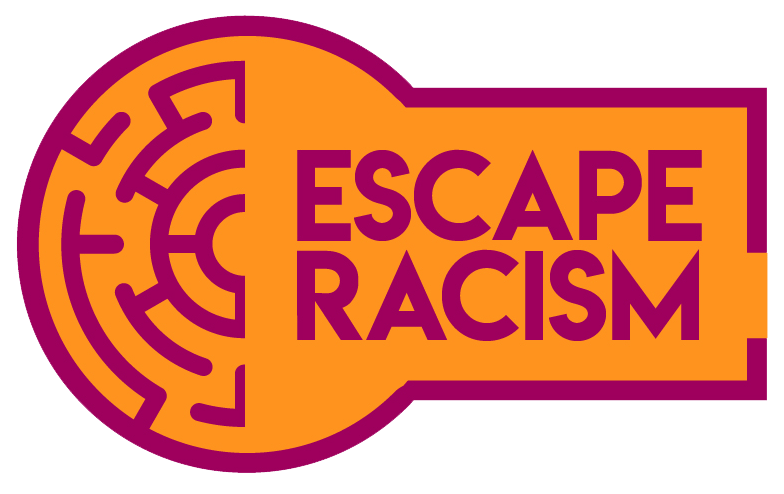After the implementation of all the games and puzzles, the second step started: the Pilot phase.
Fifteen youth workers and forty youngsters struggled getting out of the locked room, completing all the puzzles.
The tests helped gauge how young people, the target audience, would enjoy and learn through it and offered crucial feedback that will be important when conducting the Escape Room tests with young people.
Each group that tested the game showed different dynamics among components. Depending on the group participants, each sample could solve specific puzzles instead of others.
A crucial part of this pilot phase was the debriefing meeting, where the escape room creators and the participants could have a space to discuss the activity.
This phase turned out to be essential to discover that racism can negatively affect the cultural, educational, economical and social inclusion of any person. Thanks to the educational escape room, young people and youth workers can experience the cultural and social difficulties encountered by migrants and refugees in their daily lives.
One of the participants stated: “Even though we all know that the discrimination based on a specific chararacteristic of the body already happened, this game makes you realize how stupid it is to associate discrimination with hair color”. Another component affirms: “The diary is very useful for putting yourself in the victim’s shoes”, and “the Escape Room is a great way to talk about a delicate topic such as racism”.
The pilot phase made it possible to improve the puzzles, discovering imperfections, with the result of providing a better experience for future participants.

